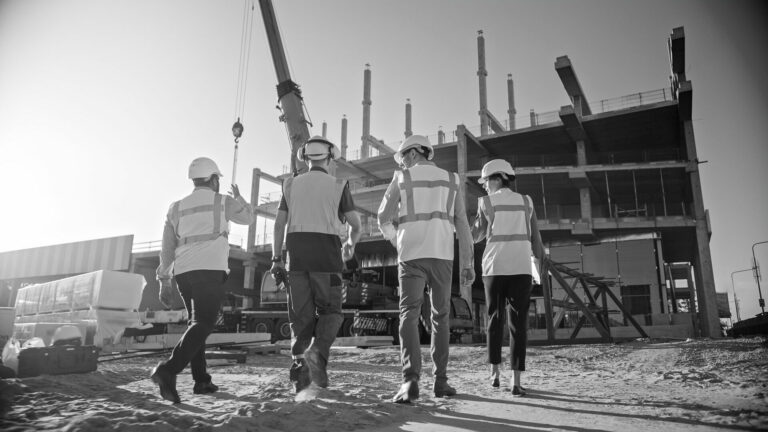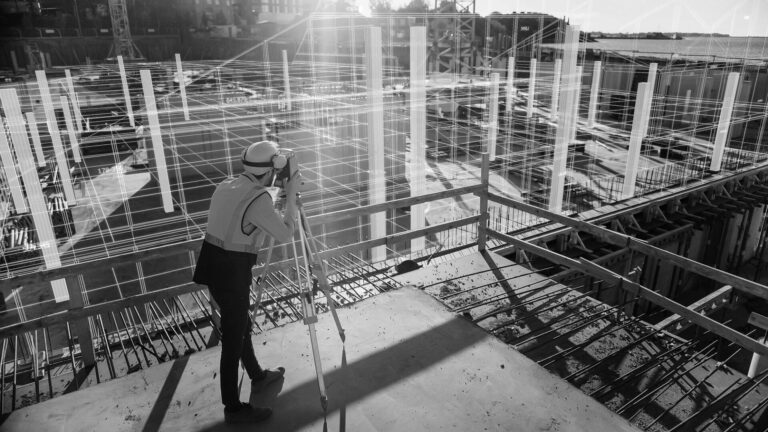An industry is only ever as good as its workforce and construction is no different in this regard. Going right back to the formation of the state, construction and the building trade in general has been one of the most reliable, trustworthy and innovative groups of workers that can be found. Quite literally, this is a workforce that has built the country from the ground up. Construction has quite rightly earned a reputation second to none and, as evidenced by the continued growth and development of techniques, scale and projects, it continues apace on an upward trajectory. Despite these positives however, there are challenges. Alongside the pandemic-induced supply chain shortages and resulting price increases, there is the omnipresent issue of an ever-growing shortfall in skilled workers. To those outside the industry it may seem a trivial concern but the reality on the ground is far from that. Since 2007, the industry has seen a pinch become much more than that and currently, the inability to fill roles across the construction industry is the main threat to the livelihood of companies and their projects.
In order to get a clear picture of how this crisis began, we need to look back almost twenty years. When the financial industry brough global economies to the point of collapse, the effect was colossal. Countries became bankrupt overnight and investment, both public and private, disappeared. Within the construction industry, the resulting devastation led to the evaporation of jobs from every conceivable angle. The Bureau of Labor reported that, between December 2007 and June 2009, around 1.5 million construction jobs were lost. This is not just a number. This loss of skills and experience in a single industry is staggering. Furthermore, due to the length and depth of the recession, these jobs and more importantly, the workers involved, did not bounce back and return to construction related employment. Instead, these citizens retrained or retired which has left an enormous chunk in the construction landscape; one which has proved impossible to fill ever since.
“The construction industry needs more than 61,000 new hires every month.”
The effects of this worker shortage spreads across many areas of the industry. From minor home renovations to large scale building developments, projects are all being slowed down and costs are rising due to the difficulty in filling positions. With a growing crisis in the residential housing market, this is becoming a perfect storm. Ed Brady, CEO of Home Builders Institute, is understandably concerned when we drill down into the figures. “The construction industry needs more than 61,000 new hires every month, if we are to keep up with both industry growth and the loss of workers either through retirement or simply leaving the sector for good. From 2022 through 2024, this total represents a need for an additional 2.2 million new hires for construction. That’s a staggering number.” With around 300,000 open construction positions currently unfilled, it seems the industry is heading towards a catastrophe which will only be exacerbated further when more competitive industries use financial leverage to attract the most talented workers this year. “The construction worker shortage has reached crisis level. The situation will only become more challenged in the coming year when other industries rebound and offer competitive wages and benefits to prospective employees.”

Far from being a singular issue however, these pressures heaped upon the construction industry due to these shortages are far reaching and complex. The much-heralded Infrastructure Bill is set to rejuvenate on many fronts. With the Infrastructure Bill, not only will an aging network benefit, but a flagging industry which has suffered hugely due to the pandemic will also receive a welcome boost. The difficulty now, however, is whether the construction world meet the increased demands that will be placed upon it. With huge amounts of investment ahead, is the industry at risk of missing a huge opportunity by failing to capitalize on the benefits of the bill. The dilemma now facing those within the industry is how do they now, after almost twenty years of declining numbers, turn the tide into the required growth. According to Ed Brady, education is key. “We need to build the next generation of skilled tradespeople in construction. One of our most important tasks as an industry is to work with parents, educators and students, as early as the middle school years, to demonstrate that young people can have the promise of great jobs and careers in the trades.” Given that recent studies have found that 43% of college students would rather be an entrepreneur than an employee, it seems as though a complete dynamic shift may be necessary.
On a macro level, the picture within construction is an encouraging one. With growth of around 6% in 2021, increasing to almost 10% in 2022, the industry is on course to respond positively to recent global challenges. However, the Associated Builders & Contractors (ABS) reports that even with a conservative estimate, an additional 191,000 workers will be required to meet the demands of this growth. The key question is how new talent can be attracted into the industry. Research and reports into this area are essential and what data there is already makes for interesting reading. The mindset of Gen-Z young adults (ages 18-25) differs greatly from previous generations. These are workers who, research shows, value meaningful work that can offer a level of excitement and are not solely driven by money. Further studies have shown that only 3% of people in this age category have an interest in construction; the view being that this work is physically demanding.
By promoting and highlighting the innovation that is currently being developed and is making its way through the construction world, there may yet be an opportunity. The goal should now be to harness the exciting tech being used, thereby drawing in a young, skilled workforce which can assist the industry to reach its potential. For example, the use of both Mixed Reality (MR) and Augmented Reality (AR) may come as a surprise given there are people out there that view construction as purely hard labor. Furthermore, innovative use of 3d printers and robotics might go some way to dispelling the myths surrounding the industry. It seems as though this strategy is being used across many universities and colleges. UMass Amherst and Vancouver Community College being just two examples of institutes that are training their students on technologies such as 3D visualization, 3D laser scanners and Building Information Modelling (BIM) software.
Construction is one of the oldest industries for good reason. Regardless of the near future, it will continue indefinitely. That is not up for debate. The current problem however, is how the industry responds to changes facing a modern workforce that seek innovation and excitement as standard. As always, the answer lies in education. Alex Schreyer, Senior Lecturer at UMass Amherst, highlights the fact that the scarcity of workers may have come because technology had not yet caught up with the needs of the industry. However, he sees that this is changing and, according to Schreyer, this change may lead to the fulfilment of the potential that is there for the industry this year and beyond. “Construction is changing and some of the industry inefficiencies are going to go away. We couldn’t get to a lot of these inefficiencies before, we didn’t have the right technology. But now we do and the more our students get into leadership positions, the more accelerated the change will become.”




















